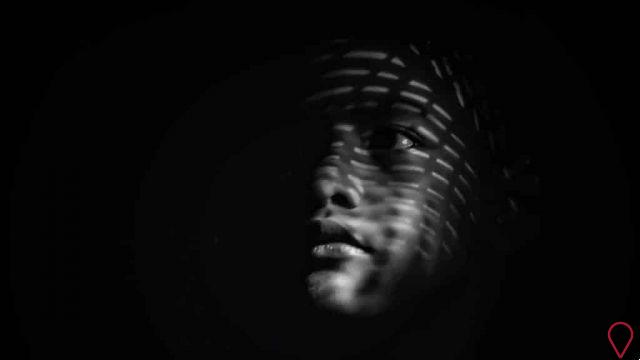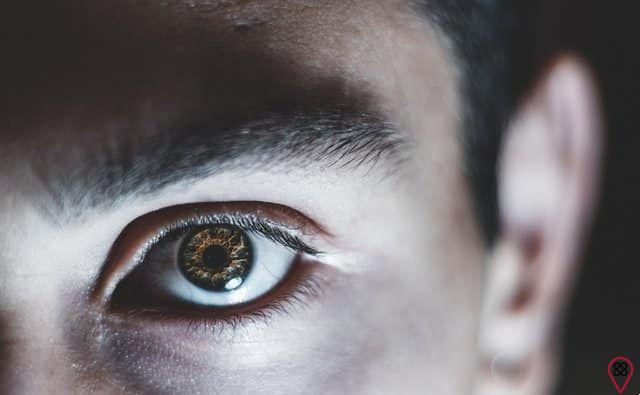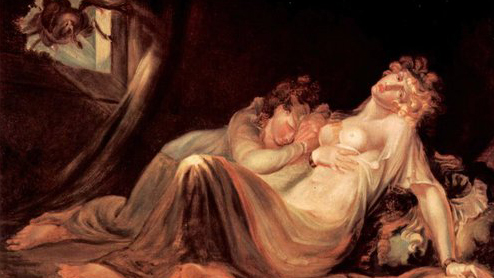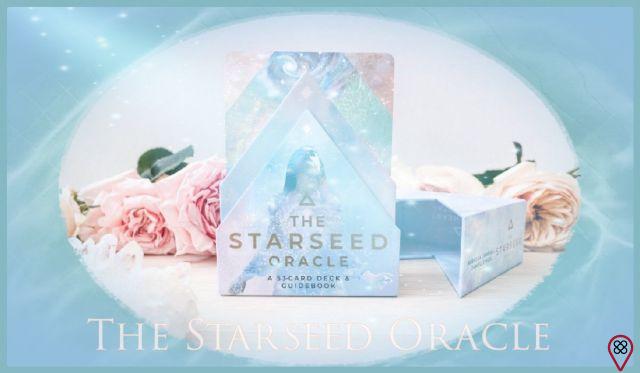Have you ever felt that some desire or desire of yours was put aside because it caused you shame or fear of people's reaction? Have you ever felt an intense feeling, such as uncontrollable anger or aggression, that you felt came from deep inside? This is what the book “Ao Encontro da Sombra” is about.
This work, edited by Connie Zwei and Jeremiah Abrams, brings together 65 articles with insights into the concept of shadow developed by Swiss psychiatrist and psychologist Carl Jung. Therefore, it is a work that sheds light on our unconscious and on everything we repress or do not know or perceive that we are.
First of all, understand the concept of shadow. Then check out reflections from the book “Ao Encontro da Sombra” to understand your shadow!
What is shadow?
The concept of shadow discussed in this article is the one created by psychologist and psychiatrist Carl Gustav Jung, founder of analytical psychology, also known as Jungian psychology.
According to Jung, we all have a "shadow side", which he also just calls the shadow, which is the opposite side of our conscious ego. That is, opposite to what we are on the surface or try to be. Jung says that this shadow has something animalistic or instinctive, primitive;

The shadow, therefore, involves all activities, feelings, thoughts and desires that we can (or that society can) consider violent, immoral, dirty, aggressive, shameful, among other adjectives.
According to Jung, it is this shadow that leads us to act in a way that we would not consciously allow ourselves to do. For example, when we “explode” and swear at someone, we apologize by saying that we feel something “beyond our control”. And that something beyond control is the shadow.
Other sides of the shadow
But not only negativity is made of the shadow. Furthermore, as Jung wrote, it is from the shadow that our spontaneity comes, our insights, our creativity, the depth of our emotions and everything that comes suddenly, from “deep” places, which we cannot identify.
In addition to presenting the concept of shadow, Jung argues that we need to do our best to know our shadow, because even though we cannot avoid its existence, this self-knowledge allows us to understand who we are deeply, not just superficially.
Finally, Jung also says that our shadow, whether its positive or negative aspect, is often projected onto another person. That is, we tend to feel antipathy, envy, among other negative feelings towards people who are exactly what we deeply are or who make us think about our shadow often.
Reflections on the Shadow
Thus, the book “Ao Encontro da Sombra” brings many insights into the concept of shadow presented by Jung. We have separated some excerpts from this work for you to understand in practice what the shadow means and how we can relate to it. Check out:
“Every man has a shadow, and the less it is incorporated into his conscious life, the darker and denser it will be. Either way, it forms an unconscious lock that thwarts our best intentions.”
According to the author, as we discover our shadow and what makes it up, the less risk we run of being affected by it and of it frustrating who we are and what we do. So let us know our shadow, rather than allowing it to remain unknown and therefore dangerous.
“As much as we want to deny it, we are imperfect. And maybe it's in what we don't accept about ourselves — our aggression and shame, our guilt and our pain — that we discover our humanity.”
Whenever we make a mistake, we justify it with "I'm not perfect". But we need to understand this concept in depth: it is in our flaws, our fears, our guilt and our shame that our imperfection and, consequently, our humanity is found.
“Revealing the dark side of human nature has been, then, one of the basic purposes of art and literature. As Nietzsche said: 'We have art so that reality doesn't kill us.'”
Who has never found themselves resorting to a movie, a book or another different work of art to express something they couldn't put into words or to “escape” from reality a little bit? Art, in the end, doesn't save us, but it definitely makes our life more “livable”.
“In the temple of Apollo at Delphi, the priests carved two famous inscriptions into stone. The first of these, “Know Thyself,” has wide application in this book. Know everything about yourself, advised the priests of the god of light. We could say: Know especially the dark side of yourself.”
Self-knowledge is not just knowing what makes you feel good, what makes you smile and be happy. Knowing yourself also involves exploring and analyzing your fears, limitations, failures and shame. Only by knowing your shadow can you light it up (or get used to being in the dark).
“The purpose of finding the shadow is to develop a progressive relationship with it and expand our sense of self by striking a balance between the one-sidedness of our conscious attitudes and our unconscious depths.”
Often, when we face our mistakes, flaws and imperfections, the initial impulse is to run and try to "solve", try to correct in search of an unattainable perfection. What if, instead, we made peace with that shadow and found a way to live with it?
You may also like
- Learn how to properly deal with emotions in everyday life
- Here are some habits that can sabotage your mental health
- Discover the differences between character and personality
Anyway, these were some reflections extracted from the book "Meeting the Shadow", which addresses the way our unconscious and our conscious deal with our fears, shame, failures, etc. The advice that remains is: the more you know what scares or embarrasses you, the less power it will have. Meet your shadow!

























